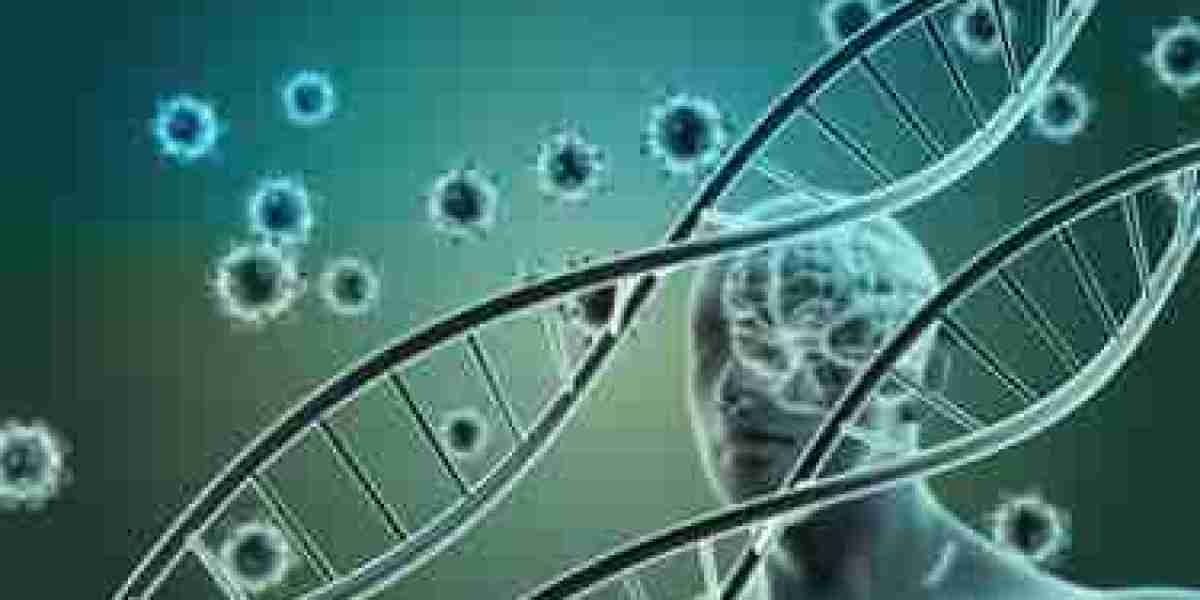The biophotonics market is expanding rapidly, driven by significant advancements in laser technology and bioimaging solutions. These innovations are transforming a wide range of applications in healthcare, life sciences, industrial sectors, and environmental monitoring. As the need for more precise, non-invasive diagnostic and therapeutic solutions continues to rise, the integration of advanced lasers and bioimaging systems is opening new opportunities for growth in the biophotonics market. This article explores how these technologies are shaping the future of biophotonics and creating opportunities across various industries.
Advancements in Laser Technology
One of the most influential advancements in the biophotonics market is the development of cutting-edge laser technologies. Lasers are fundamental to many biophotonics applications, including laser-based surgery, laser ablation, and photodynamic therapy (PDT). Recent improvements in laser performance, such as increased precision, power, and tunability, have significantly enhanced their effectiveness in medical and industrial applications.
For instance, picosecond and femtosecond lasers are now being used in laser surgery and eye treatments with a high degree of accuracy, allowing for precise tissue removal and minimal damage to surrounding areas. These advanced lasers are also making non-invasive procedures like laser-based dental treatments and laser-assisted drug delivery more effective. The ability to target specific tissues with greater precision reduces recovery times and minimizes the risk of complications, opening new opportunities for more personalized medical treatments.
Moreover, ultrafast lasers are increasingly being used in bioimaging techniques, such as fluorescence lifetime imaging microscopy (FLIM) and multiphoton microscopy. These lasers enable deeper tissue penetration and higher resolution, making them invaluable in visualizing cellular structures and biological processes at the molecular level. As laser technology continues to improve, these innovations are expected to drive significant growth in applications like cancer diagnostics, neuroscience research, and biomedical imaging.
Bioimaging Solutions: Precision in Diagnostics and Therapy
In parallel with laser advancements, bioimaging technologies are also undergoing transformative developments. Bioimaging techniques, such as magnetic resonance imaging (MRI), computed tomography (CT), and optical imaging, are increasingly benefiting from integration with biophotonics solutions. High-resolution optical coherence tomography (OCT), for example, provides detailed images of internal structures without the need for invasive procedures. This is particularly useful in ophthalmology, where OCT is employed to detect diseases like glaucoma and macular degeneration with unprecedented clarity.
Fluorescence imaging is another area where biophotonics is making a major impact. Innovations in quantum dot technology have improved fluorescence imaging, providing sharper images and enabling more precise tracking of molecular processes. This is a critical tool in fields like cancer research, where it allows for the visualization of tumor cells and the monitoring of therapeutic responses in real-time. Furthermore, multimodal bioimaging systems that combine fluorescence, magnetic resonance, and other imaging techniques are gaining popularity, offering comprehensive insights into biological systems and disease progression.
Additionally, the integration of artificial intelligence (AI) with bioimaging solutions is enhancing the ability to analyze complex data and make faster, more accurate diagnoses. AI-powered algorithms can detect early signs of diseases such as cancer, cardiovascular conditions, and neurodegenerative disorders, leading to earlier and more effective interventions. This trend is expected to significantly increase the adoption of bioimaging technologies in both clinical and research settings.
Opportunities in Healthcare and Beyond
The advancements in laser technology and bioimaging solutions offer vast opportunities in healthcare, particularly in early disease detection, personalized medicine, and minimally invasive surgery. The demand for non-invasive diagnostic techniques that provide high-resolution, real-time images is driving the adoption of bioimaging devices in hospitals and medical research institutions. As these technologies continue to improve, they will provide better outcomes for patients, faster diagnoses, and more efficient treatments.
Beyond healthcare, these innovations also have growing applications in environmental monitoring, agriculture, and industrial sectors. For example, laser-induced breakdown spectroscopy (LIBS) is increasingly used for real-time material analysis and quality control in manufacturing processes. Additionally, bioimaging solutions are being explored for crop health monitoring, helping farmers detect diseases and monitor soil conditions using advanced imaging techniques.
Conclusion
The biophotonics market is poised for substantial growth, driven by innovations in laser technology and bioimaging solutions. Advancements in lasers, such as ultrafast lasers and picosecond lasers, are transforming medical treatments and improving the precision of diagnostic and therapeutic procedures. Meanwhile, the progress in bioimaging, including fluorescence imaging and optical coherence tomography (OCT), is enhancing early disease detection and enabling more personalized healthcare approaches. With these innovations continuing to evolve, the biophotonics market is opening new opportunities in healthcare, industry, and beyond, paving the way for more efficient, non-invasive, and cost-effective solutions across various sectors.




